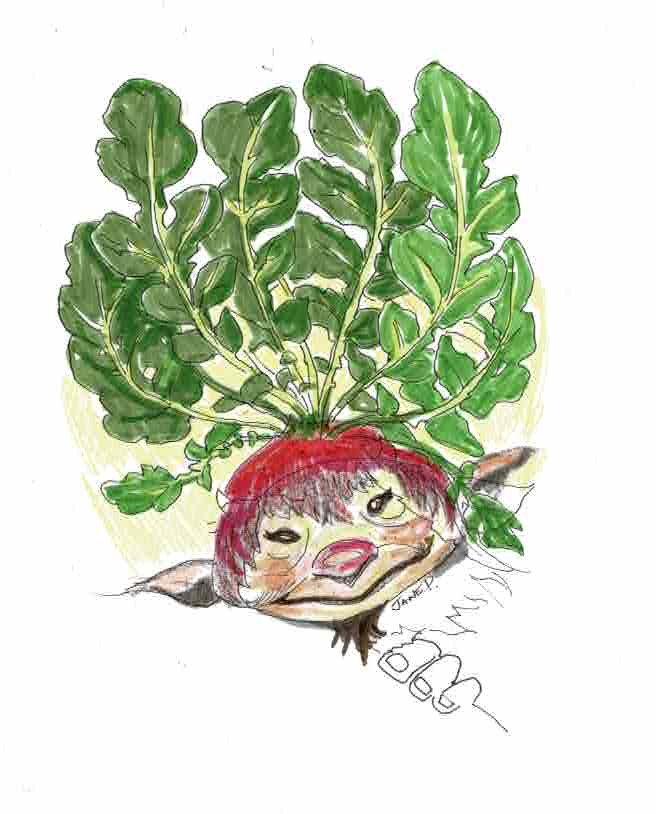April 2023 Drought Tolerant Gardening
Those who know me will most likely agree that I love to plan! Spring is a great time to start preparations for the possibility of another dry summer, so let’s get prepared and have a quick look at drought resistant gardening techniques.
Drought resistant gardening is all about preparation and ‘right plant / right place, so right up my street! It’s super easy and suitable for all gardens all year round.
The following tips and alterations will help to make your garden more resistant to drought conditions.
Cultivating your soil deeply will help to retain water and make it accessible for your prize plants to use and it will also improve soil structure. Digging in large quantities of organic matter e.g., well-rotted garden compost, composted bark or leaf mould, well-rotted farmyard manure or mushroom compost will help no end.
Try to choose plants which suit your garden soil type and aspect, they will be more tolerant of our varying climatic conditions and stronger to deal with pest and disease problems.
Plant whilst they are still small. It’s very cost effective and smaller plants tend to develop much greater resilience as they adapt to their conditions from a young age, they’ll also repay your patience with beautiful healthy blooms.
Choose plants with grey green or silver leaves, they reflect the sun’s rays, helping to conserve moisture.
remove weeds regularly to prevent them depriving your young plants of water.
Thoroughly water all new plants and keep them watered in the first season after planting so they establish well.
Mulch: After planting. Mulch the bed with two to three inches of gravel, or better still, a layer of compost or straw covered with gravel, to help retain that precious moisture.
Plant Spotlight: The Humble Turnip!
Try a turnip! They’re packed with nutrients and quick and easy to grow from seed. Both the root and the leaves of the turnip are edible, and you can even eat the small roots raw.
They’re ready to harvest in as little as six to ten weeks and they like cool, moisture-retentive soil, in an open, sunny location. harvest the edible leaves whilst young (Turnip Tops). The plants will re-sprout, so you can make several pickings.
You can also sow in large containers outdoors, for harvesting them as small baby veg. Try, ‘Atlantic' AGM: An early, purple-topped variety.
Varieties are divided into two main types, according to sowing and harvesting times:
Early turnips – sow March to June, for harvesting throughout summer. (Try, ‘Sweetbell’: Best known as a salad turnip, harvested small and eaten raw or in stir-fries. The roots are white with purple shoulders. The leaves can also be stir-fried. Harvest from May to September when the size of a golf ball for eating raw, or the size of a tennis ball for cooking.
Maincrop turnips – sow July to mid-August, for harvesting in autumn and winter. Try, Tokyo Cross’ AGM-One of the oldest varieties, but still one of the best. Semi-globe, pure white roots that are firm and crisp with a mild flavour. A very rapid grower). Harvest from mid-October onwards, when the size of a golf ball.
Hints & Tips: Use summer flowering bulbs to brighten your borders
It’s the right time of year to plan summer borders full of gorgeous colour and fabulous scent. Try using summer flowering bulbs, tubers, corms and rhizomes for a cost-effective display full of impact. They’re appearing in supermarkets and garden centres now. Here are some of my favourites:
Happy Gardening! If you would like further advice, please don’t hesitate to contact me to arrange a friendly consultation for all your garden design and border planning needs.




